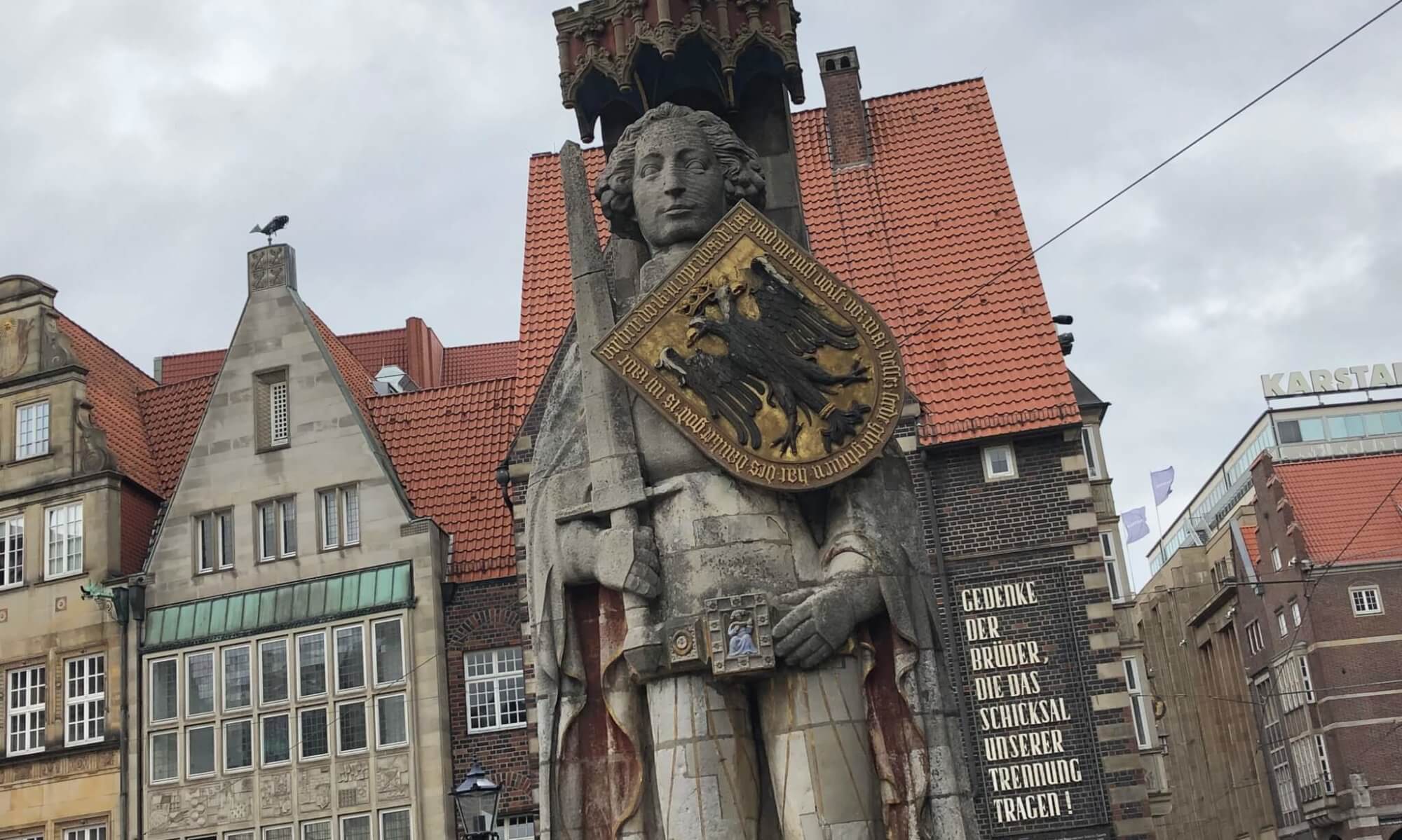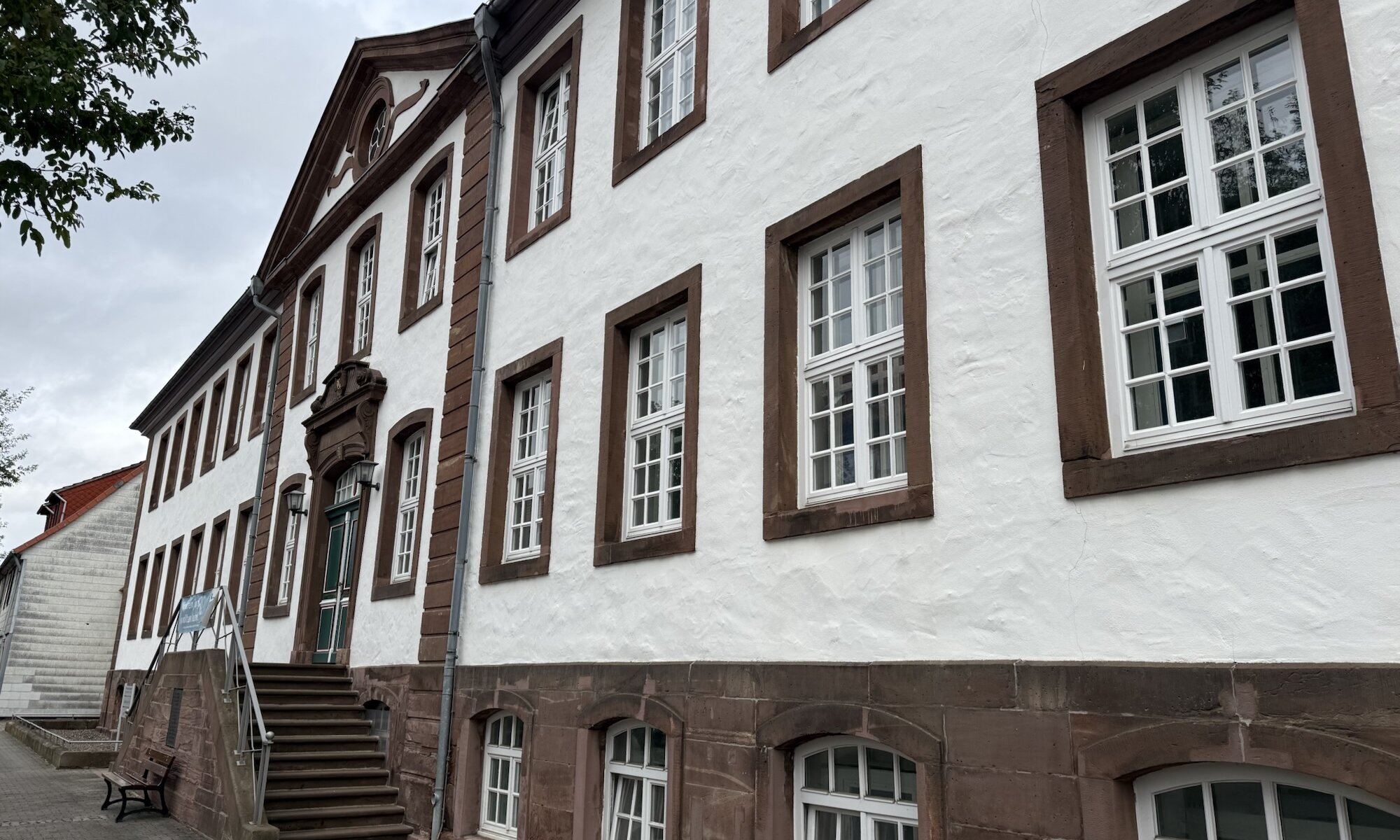The Konzentrationslager Moringen, located near Göttingen in Lower Saxony, began its grim history shortly after the Nazi rise to power in 1933. Established within the buildings of a former Arbeitshaus (or Werkhaus, an institution for forced labour), it was among the first wave of concentration camps set up across Germany, predating the large, industrial-scale camps that would later define the regime’s terror. Initially, the camp served as a detention site for political opponents of the Nazis – primarily communists, social democrats, and trade unionists. Prisoners were subjected to harsh conditions, forced labour, and systematic abuse, as the camp became a testing ground for the early concentration camp system.
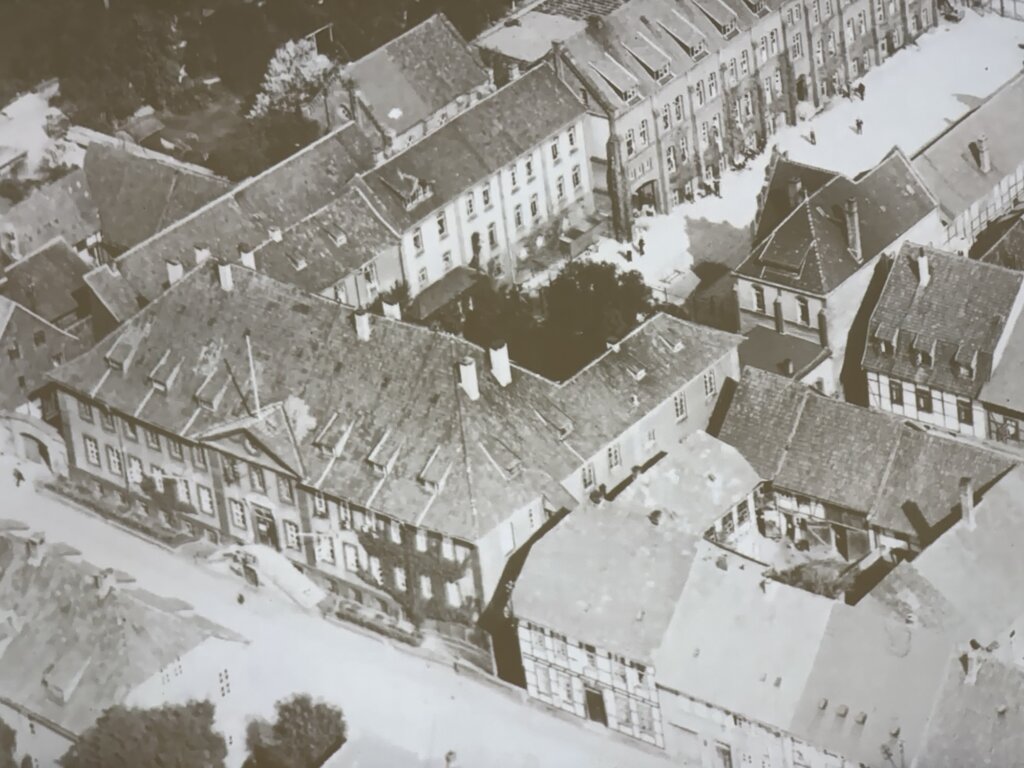
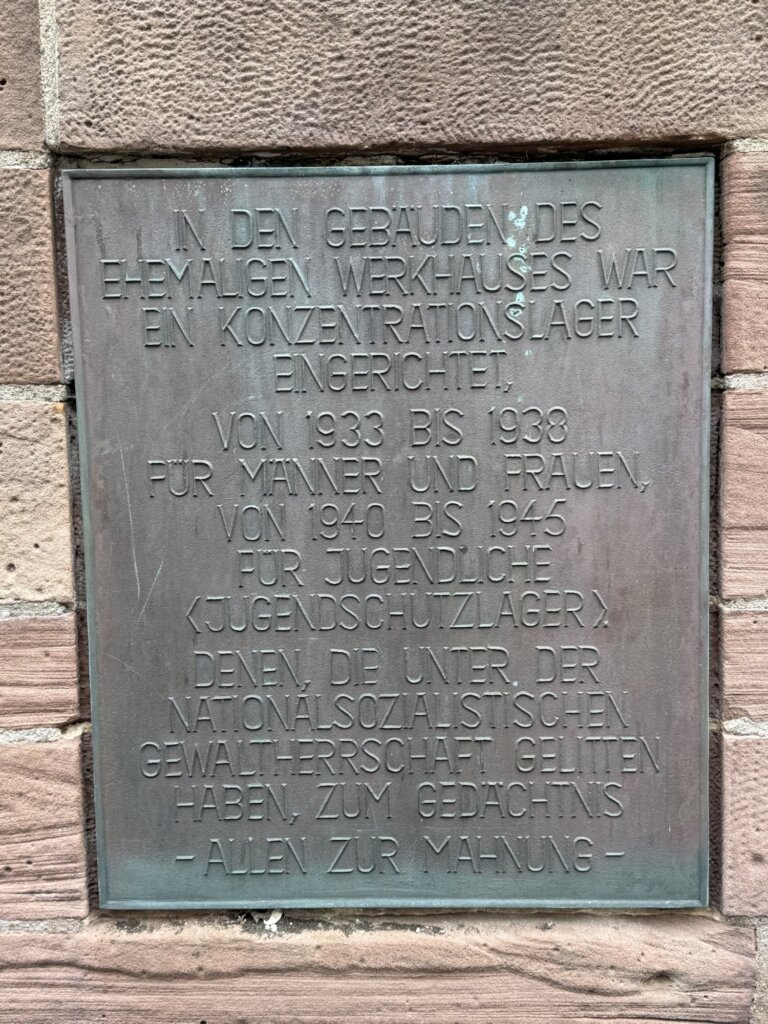
By 1934, the camp’s purpose changed dramatically when it was transformed into a detention site specifically for women. Known as the Frauen-Konzentrationslager Moringen, it became the main women’s camp in Germany before the concentration camp Ravensbrück was opened. Hundreds of women, including political dissidents, Jehovah’s Witnesses, so‑called ‚asocials‘, and others classified as enemies of the state, were imprisoned there. They endured forced labour, public humiliation, malnutrition, and medical neglect. The female prisoners lived under constant surveillance, their daily lives ruled by the arbitrary cruelty of the guards and the ideology that sought to extinguish independent thought.
In 1940, the Nazi authorities repurposed Moringen once again, converting it into a ‚Jugendschutzlager‘ – a youth protection camp (a term inmates heavily decline!) – for boys and young men between the ages of 13 and 22. This camp detained those labelled as delinquents, political troublemakers, or racial ‚undesirables‘. Many of the inmates were not criminals, but victims of Nazi racial and moral policies, drawn from stigmatised communities or accused of nonconformity. Just listening to forbidden Swing music or criticising the Nazi state could bring you there. They were subjected to re-education through forced labour, ideological indoctrination, and physical punishment, designed to break their spirit and mould them into obedient citizens aligned with Nazi ideals.
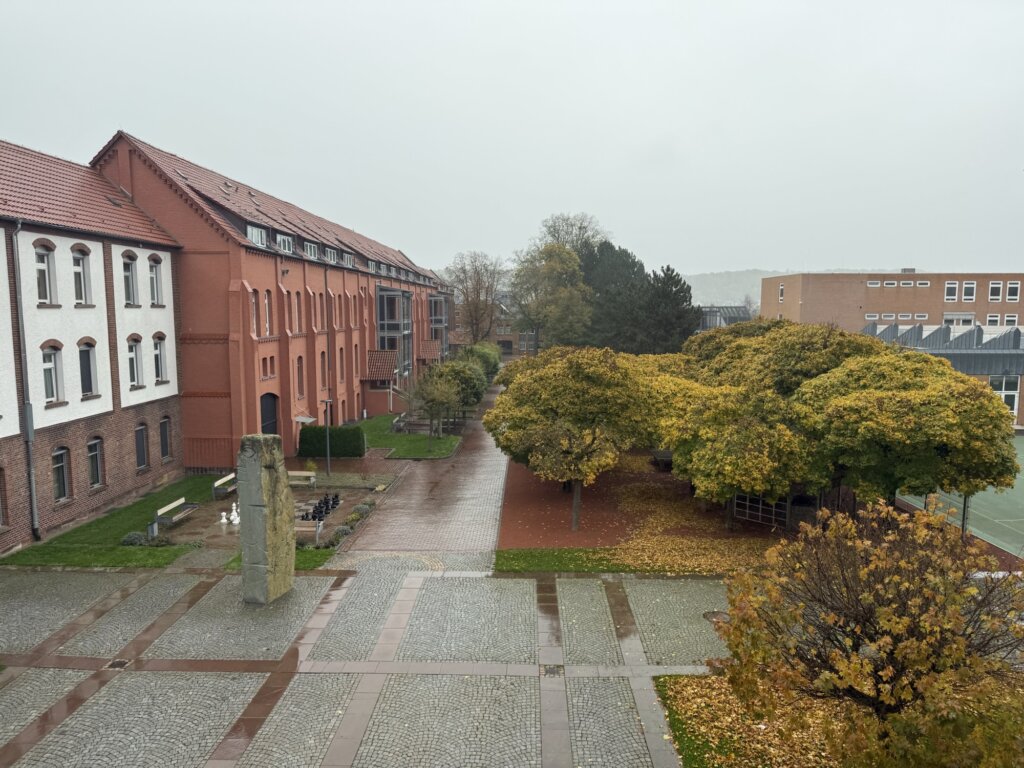
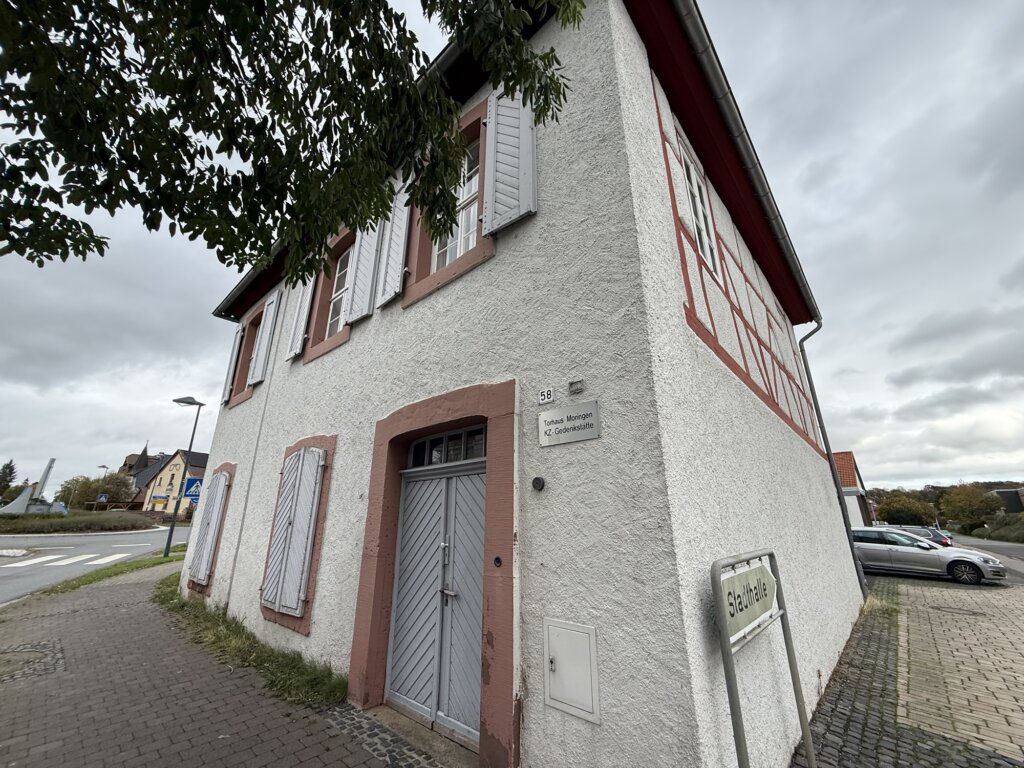
Forced labour happened in many ways: at the farm belonging to the concentration camp, at own enterprises (e.g. producing baskets) – but the young men also had to work in regular companies in and around Moringen, for example at the cement plant of Hardegsen or the underground ammunition factory (Heeresmunitionsanstalt) at Volpriehausen. They had to repair railway tracks and built the Autobahn bridge near Nörten-Hardenberg. In that stage of World War II their work was simply needed as the workforce was shrinking due to the increasing need for soldiers. While the first two concentration camps were detention sites under policy authority, this was a full-scale concentration camp guarded by SS.
After the war, the site of the KZ Moringen slowly became a place of remembrance. The concentration camp is located directly in the center of the city and what happened was clearly visible to everyone – nevertheless, like everywhere in Germany locals tried to deny the past and personal responsibility. Later local efforts helped to uncover the stories of those who suffered and died within its walls. Former inmates published their experiences in books and returned to Moringen with a heavy heart to tell their stories.
Today, the memorial and documentation centre preserves remembrance and hosts exhibitions detailing the camp’s three distinct phases – for men, women, and youth. Visitors can gain insight into how the KZ Moringen reflects the broader evolution of the Nazi concentration camp system, showing how ordinary institutions were perverted into instruments of political oppression and social control. The site stands as a solemn reminder of the human cost of dictatorship and the importance of preserving memory in the face of tyranny.
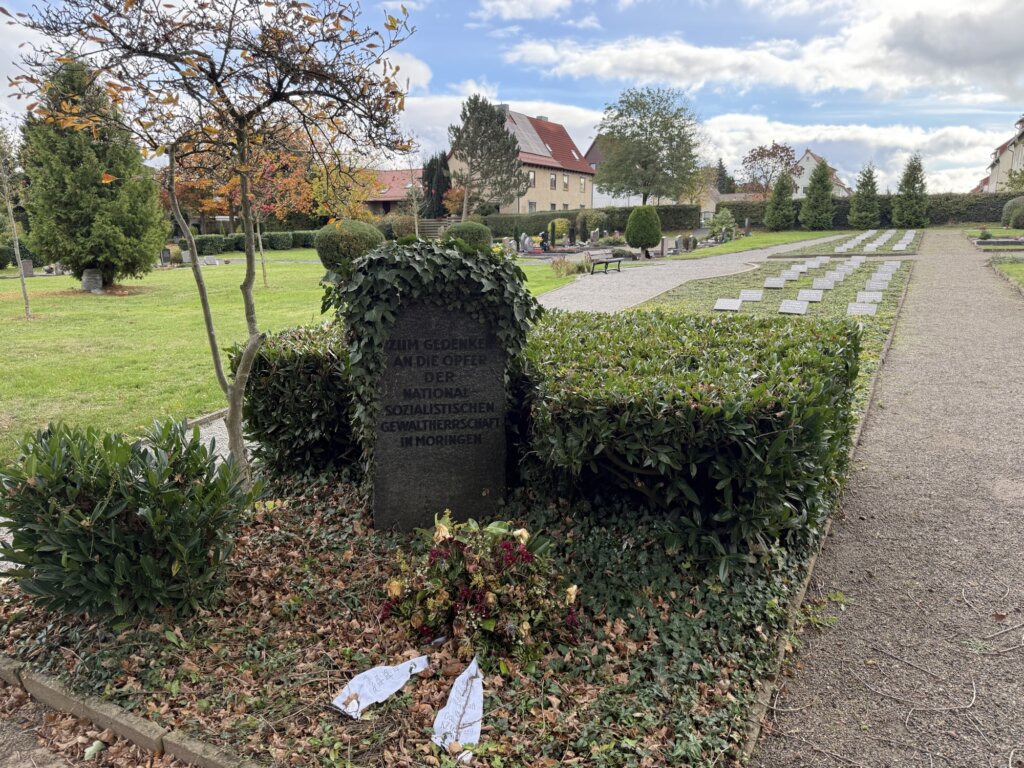
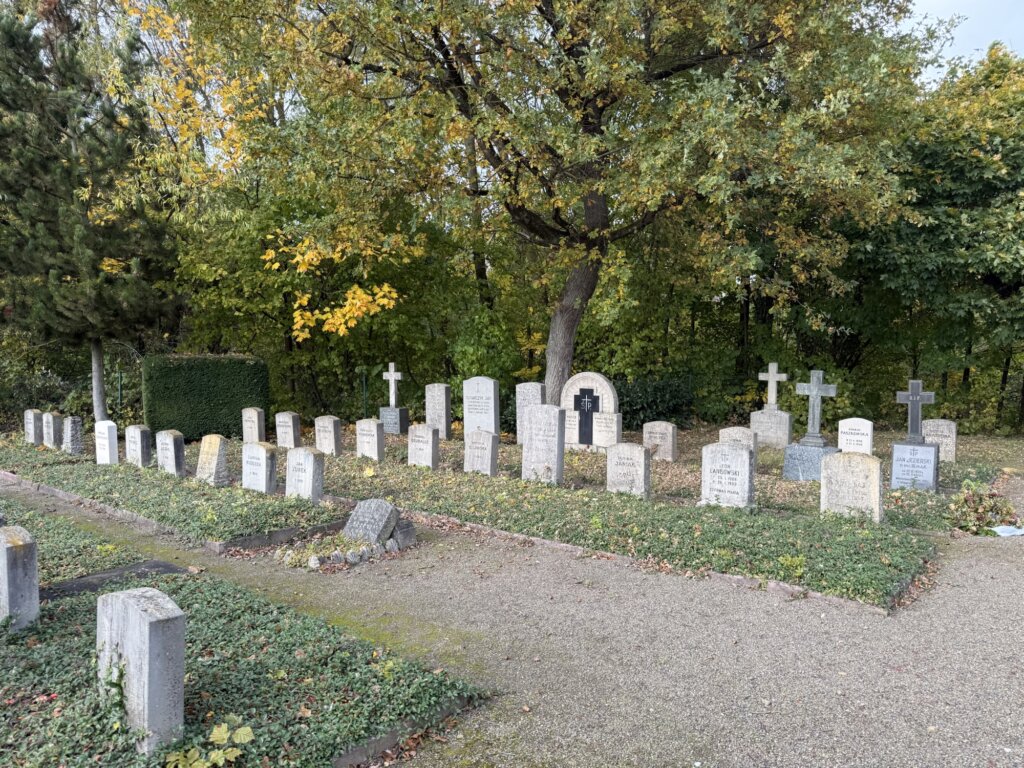
The memorial organization has an office at the city and uses the entrance hall of the former Werkhaus, the Kommandatur of the concentration camp. The camp grounds itself are enclosed and awkwardly used by a jail for delinquents with psychological issues. Therefore, visitors cannot enter the former camp grounds – they can only access the main entrance building and have a view on the inner courtyard (the Appellhof, where inmates had to stand still frequently and were also punished). The buildings are very well preserved; when looking at historic images you can even see the original details; the barracks erected next to the site to increase capacity and parts of the old buildings are gone. In front of the main building you can find a memorial plaque explaining what happened here.
Guided tours (starting at the Torhaus, which was actually a city gate, the Einbecker Tor; not a camp gate) are free of charge, donations are welcome. Just have a look on the website of the Gedenkstätte to find the next dates for tours and register via e-mail. You can reach Moringen via bus 220 from the railway station of Göttingen; best bus stop at Moringen is Amtsfreiheit. If time permits, visit the cemetery as well: it is located ten minutes on foot from the main building. It contains a memorial with a very unspecific inscription (‚Zum Gedenken an die Opfer der Nationalsozialistischen Gewaltherrschaft in Moringen‘, ‘In memory of the victims of the National Socialist tyranny in Moringen‘), graves of the inmates who died at KZ Moringen and an area with graves of Polish people. As former forced labourers they were brought to Moringen after the war as Displaced Persons (DPs). The ones that unfortunately died in the city after World War II are buried in one area of the cemetery.
KZ-Gedenkstätte Moringen
Moringen
Germany
https://www.gedenkstaette-moringen.de
Loading map...

